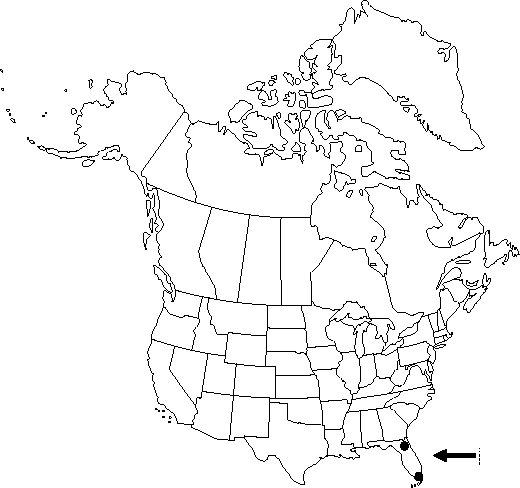Difference between revisions of "Pilea herniarioides"
Coll. Bot., index (see also plate 4 and text on facing page). 1821.
Basionym: Urtica herniarioides Swartz Kongl. Vetensk. Acad. Nya Handl. 8: 64. 1787
Treatment appears in FNA Volume 3.
FNA>Volume Importer |
imported>Volume Importer |
||
| Line 51: | Line 51: | ||
|publication year=1821 | |publication year=1821 | ||
|special status= | |special status= | ||
| − | |source xml=https:// | + | |source xml=https://bibilujan@bitbucket.org/aafc-mbb/fna-data-curation.git/src/bb6b7e3a7de7d3b7888a1ad48c7fd8f5c722d8d6/coarse_grained_fna_xml/V3/V3_915.xml |
|genus=Pilea | |genus=Pilea | ||
|species=Pilea herniarioides | |species=Pilea herniarioides | ||
Revision as of 00:06, 28 May 2020
Herbs, annual or short-lived perennial, 0.2-1 dm. Stems 5-10-branched, repent or prostrate, sometimes mat-forming. Leaf blades broadly ovate to orbiculate, paired blades only slightly unequal, 1.5-6 × 1.6-5 mm, margins entire. Inflorescences crowded. Flowers ca. 0.2-0.3 mm across. Achenes uniformly light brown, slightly compressed, ovoid-cylindric, ca. 0.4 × ca. 0.3 mm, pebbled.
Phenology: Flowering fall–spring (sporadically throughout summer).
Habitat: Hammocks, waste places
Elevation: 0-10 m
Distribution

Fla., West Indies, Central America, South America (Colombia).
Discussion
Selected References
None.
Lower Taxa
None.